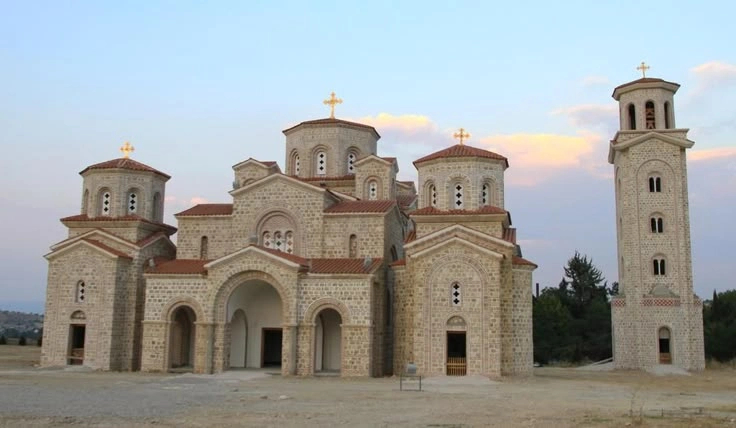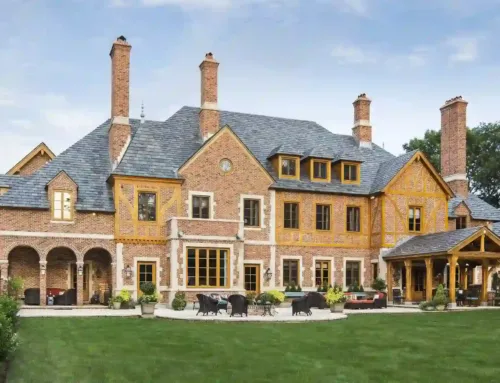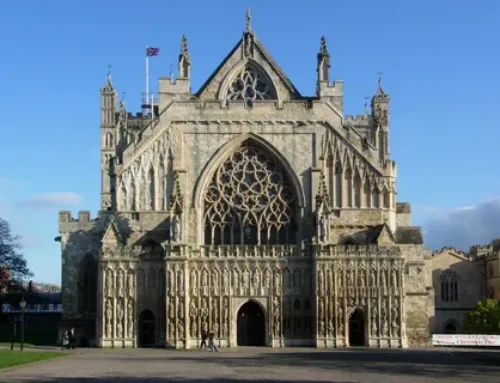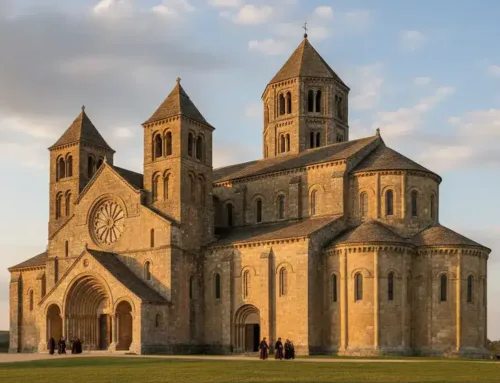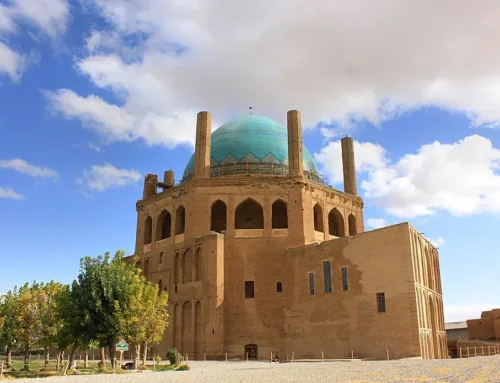Byzantine architecture: Definition, History, key types, and Modern trends
Byzantine architecture is one of the most unique forms of design in history. It is known for its influential and different designs. The design included large domes and colorful mosaics. This style shaped the look of many churches and monuments across Europe and the Middle East. The Byzantine architecture still admires the architects of today. They blended Roman engineering with artistic traditions from the East and created a rich architectural identity. We are going to explore Byzantine architecture in this article. We are also going to look at the modern trends that continue to keep Byzantine architecture alive.
Definition of Byzantine architecture
Byzantine architecture refers to a building’s style beginning around the 4th century AD. It was the perfect blend of engineering with deep religious expression. Their building used domes and arches. Thick walls and decorative art were used to create a grand art. They paid attention to both structure and beauty. Their aim was to inspire people through space, light, and artwork. The major feature of Byzantine architecture was centralized plans. These plans were often used to be circular or polygonal in shape. They were used to create a balanced layout. This used to support large tombs and allowed natural light to enter gracefully through windows.
A short history of Byzantine architecture
The root of ancient Byzantine architecture starts when Emperor Constantine moved to the Roman capital to Constantinople. They gave cultural and architectural development a new shape. Emperor Constantine inherited most from Roman builders and expanded this idea into something new.
The popular example is Hagia Sophia. Which was completed in 537 AD. Its massive domes, which were supported by pendent tips, were a revolutionary achievement. Its interior was covered with core mosaics that reflected light in a breathtaking way. Byzantine architects created churches and palaces with impressive harmony and detail.
The architectural influence of the empire expanded as the empire did. So many regions adopted elements of this style by shaping their own local versions, such as Greece and Italy, Russia, and the Middle East.
Key features of Byzantine architecture
Byzantine buildings have some special characteristics that make them different and recognizable. It includes:
Domes and vaulted ceilings:
Domes were the heart of Byzantine design. They symbolized heaven and created a sense of spiritual openness. Engineers used special techniques to make them.
Pendentives:
It was a great innovation by the design builders. These triangular carved sections allowed a round dome to sit on a square base.
Thick walls and strong structure:
Buildings were designed to last for centuries. Stones and bricks were used to create a strong foundation of walls. Concrete material was used to make thick walls.
Mosaics and decoration:
The decoration of the interior used to be very detailed. Colorful glass pieces and gold tiles were used. These mosaics added beauty and told stories from religion and daily life.
Arches and windows:
Arches were used to support heavy structures. windows were made to allow soft light to enter the space to create a peaceful atmosphere.
These features formed a rich architecture styles that blends engineering with artistic expressions.
Types of Byzantine buildings
Byzantine architecture includes many kinds of structures.
Churches:
Churches were the most important buildings of the empire. Churches were designed with tombs. Hagia Sophia is its example.
Palaces:
Palaces showed the potential and wealth of the rulers. Decorated halls and courtyards were made inside the palaces.
Monasteries:
Monasteries were religious centers. They had simple but richly decorated interiors.
Fortification:
Byzantines were masters at building strong defensive walls and towers. The walls of Constantinople are a perfect example.
Public buildings:
Public buildings such as markets and administrative buildings were also designed with great architectural attention.
These buildings showed byzantine style architecture in a perfect way.
Modern trend inspired by Byzantine architecture
Byzantine architectural ideas still inspire architects of today.
Use of domes and arches in modern buildings:
Still, government buildings and museums use domes because of their structural strength.
Decorative patterns and interior art:
Decorative patterns and interior art can still be seen in luxury homes, religious spaces, and cultural centers.
Blending tradition with technology
Architects still use Byzantine principles and blend them with new ideas. They create buildings that feel historic yet modern.
Architectural rendering services are also very helpful to bring the idea of Byzantine architecture into modern technology. These realistic images allow clients to see how rooms and art will appear in the modern environment.
An architectural visualization company can turn traditional Byzantine concepts into modern architectural models. These ideas are used for cultural centers and religious buildings.
Interior design influence
- Interior designs are also influenced by Byzantine architecture.
- Designers used gold tones and geometric patterns in the interiors of the houses.
- They also used decorative motifs
- Through interior rendering services, one can see how Byzantine-inspired design will look inside living spaces before making a final decision.
- It helps blend ancient beauty with modern comfort.
- It is also a way to keep the spirit of Byzantine design alive in today’s interior layout.
Why Byzantine architecture still matters:
Byzantine architecture remains important because it introduces ideas that shape the future of building design. It uses stones and strong structures inspired by architectural movements. It also shows how architecture can show culture and faith. Its can still be seen in cities around the world. Modern architects still use Byzantine concepts to learn how to combine beauty and structure.
Conclusion
Byzantine architecture still stands out in history with its beautiful and influential architectural style. Its domes and strong architecture changed the way buildings were designed. It continues to inspire modern construction. From religious buildings to interior design, its ideas remain timeless. It is supported by tools like visualization and rendering today, and blended with technology in a perfect way.

